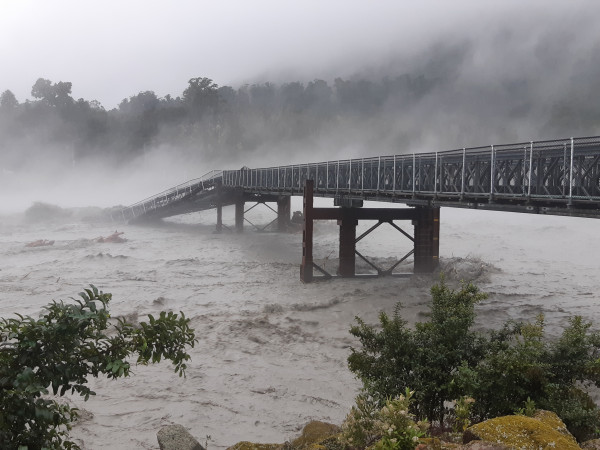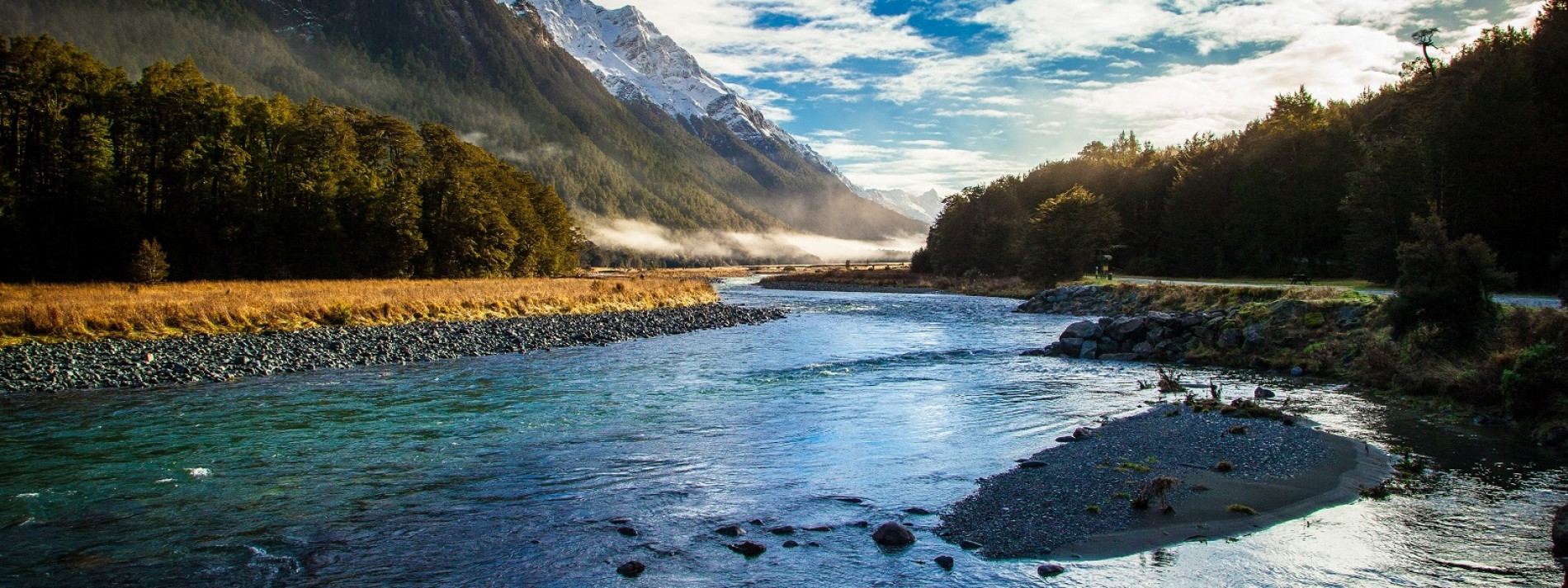Resilience to maintain essential regional transport links
It is essential that a region’s transport links are maintained and disruption in the event of an emergency, such as an earthquake, eruption or major washout is avoided or minimised as much as possible. That is why a robust and resilient land transport network is a top priority in the West Coast Regional Land Transport Plan.
Much of the West Coast is reliant on the “spine” formed by the State Highways, while district roads serving local communities are interconnected through the State Highway network. State Highway 6 is the only north-south route through the region.
In 2019, the Waiho River bridge, south of the Franz Josef township, was destroyed during a severe storm, resulting in State Highway 6 being severed and causing major disruption to the entire region.
Detours added hundreds of extra kilometres. Motorists were forced to drive around the Aoraki/Mt Cook National Park and through Arthurs Pass (approximately a 12-hour journey). Some people resorted to using helicopter taxis to get across the river.
The closure resulted in an estimated loss of $50.4 million in tourism earnings alone. However Waka Kotahi NZ Transport Agency, utilising the skills of NZ Army Engineers, had the bridge rebuilt and opened within 18 days to get business and tourists moving again.
A second severe weather event in December 2019 led to cancellations as far forward as March 2020. Again, the NZ Transport Agency had the road network reopened quickly, but not quickly enough to prevent mass tourism related cancellations.

Image: West Coast bridge
